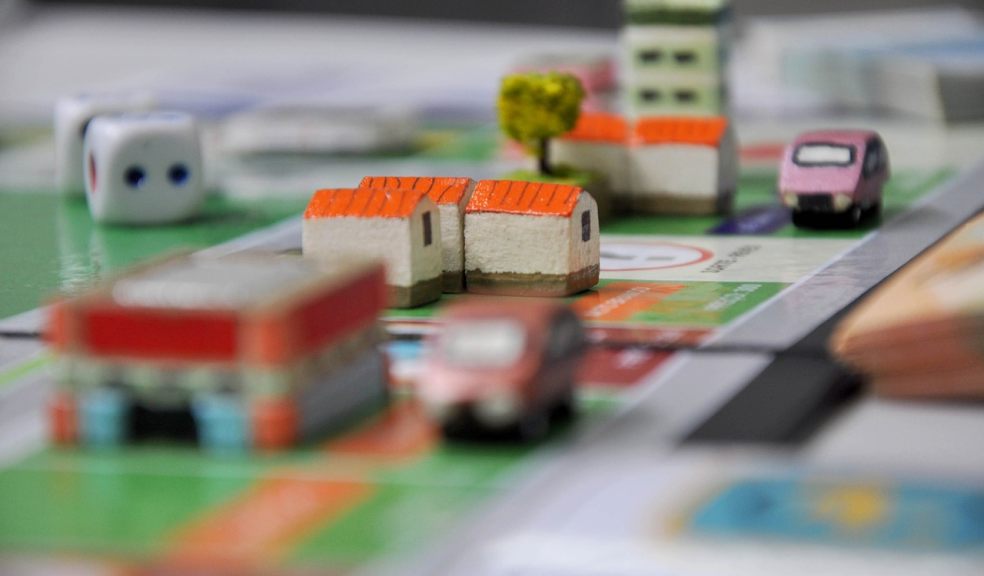
Levelling Up: The New Path of Gamified Experiences
Attention holds immense value. Gamification now stands as a groundbreaking method to involve users, employees, and customers in various fields. Gamification uses game rules and design parts outside of games. It changes how businesses along with organizations work, learn ‒ plus create new ideas. Fitness apps and workplace tools use gamified experiences to turn normal tasks into exciting, rewarding activities.
The Rise of Gamification: Main Drivers
Several factors have fueled the rapid growth of gamification. Smartphones and digital platforms are used by almost everyone and are widely adopted, creating a rich space for gamified apps. By the end of 2025, smartphone users worldwide may exceed a whopping 7.5 billion, pushing demand for interactive content. Gamification taps into basic human drives like achievement, along with competition and social ties. Behavioral psychology shows reward systems like points and badges trigger dopamine paths in the brain, increasing user involvement and user retention rates. Analytics advances alongside AI allow personalized gamified experiences since platforms adjust challenges and rewards to personal likes, making them more effective.
Key Statistics: Numbers Behind Gamification
The global market for gamification might hit $58.8 billion by 2028 - with a projected growth rate (CAGR) of 24% from 2022 to 2028 onward. Studies show its effect on workplace involvement, Gallup research finds companies with very engaged employees heighten their profits by up to 21%. In education, gamified e-learning boosts course completion by an impressive rate of up to sixty percent compared against old methods. Fitness apps, such as Strava or Fitbit, employ this technique, too: They see active users log much more activity versus non-gamified ones at an average increase rate reaching fifty-seven percent.
Sectors Changing Through Gamification
Gamification is revolutionizing education by making learning more interactive and enjoyable. Platforms like Duolingo use streaks, badges, and levels to motivate users to learn new languages. Research from Carnegie Mellon University shows that gamified learning platforms improve knowledge retention by up to 40% compared to traditional teaching methods. These platforms break complex topics into smaller, achievable goals, fostering a sense of progress and accomplishment among learners. By providing real-time feedback and a sense of achievement, gamified tools are reshaping the way people approach education, particularly in online and remote learning environments.
iGaming and Online Casinos
In the online casino industry, gamification has enhanced player experiences and differentiated platforms in a competitive market. Through elements like loyalty points, achievement badges, and themed quests, online casinos such as Megadice create a more engaging and interactive environment for players. Gamified features often encourage longer play sessions, but they also introduce an element of strategy and fun beyond traditional games of chance. While making sure people are gambling responsibly needs to be at the forefront, gamification in online casinos can provide entertainment and a sense of community when designed responsibly.
Corporate Methodologies Changing
In the corporate world, gamified platforms are being used to enhance employee training, productivity, and satisfaction. For instance, SAP’s "Road Warrior" app gamifies sales training by turning it into a competitive game. Similarly, Salesforce incorporates badges and leaderboards to encourage users to explore its features. Organizations that integrate gamified training often see measurable improvements, including a 14% increase in skill acquisition and a 9% boost in retention rates. These tools make professional development more engaging and reduce the monotony of traditional training programs. By encouraging employees to compete in a friendly and goal-oriented manner, gamification enhances team collaboration and morale.
Wellness and Fitness Gamification
The fitness and wellness industry has also embraced gamification to incentivize healthier lifestyles. Apps like Nike Run Club, MyFitnessPal, and “Zombies, Run!” turn exercise into engaging challenges, using techniques like streak tracking, rewards for milestones, and community engagement to keep users motivated. In healthcare, gamified platforms encourage medication adherence and promote healthy behaviors, demonstrating the potential of gamification to drive positive lifestyle changes. For example, some health insurance companies are adopting gamified systems that reward members for tracking steps, attending health screenings, or completing wellness programs, blending healthcare goals with playful competition.
In marketing, gamified campaigns are transforming how brands engage with their customers. McDonald’s Monopoly campaign, which has been running since 1987, remains one of the most successful gamified promotions, generating millions in additional sales annually. Gamification in marketing not only boosts sales but also fosters customer loyalty and deepens brand engagement. By incorporating elements like contests, points systems, and rewards, brands create memorable experiences that resonate with their audiences. Other brands, such as Starbucks, have successfully implemented reward-based systems to encourage repeat purchases and strengthen customer relationships, showcasing the versatility of gamified marketing strategies.
Gamified Ecology
Gamification is also being used to tackle global challenges like climate change. Apps such as JouleBug encourage users to adopt sustainable habits, such as recycling and energy conservation, by rewarding eco-friendly actions with points and badges. These platforms educate users on environmental issues while providing tangible incentives to make greener choices, thereby aligning individual behavior with larger sustainability goals. Governments and NGOs are increasingly using gamification to raise awareness and mobilize collective action toward climate goals, emphasizing the role of gamification as a catalyst for positive environmental change.
Trends Influencing Gamification's Future
AR and VR push gamification into new immersive realms. Games like Pokémon Go blur reality with digital spaces, crafting unforgettable moments. These tools offer many possibilities for sectors like education next to entertainment, where interaction and immersion engage users. For example, VR simulations let employees practice skills or safety rules without risk ‒ improving learning.
Blockchain allows gamified platforms to give unique digital items, e.g. NFTs, as rewards. This change holds great promise in fields like art gaming along with finance, where ownership adds value. By using blockchain, gamified systems create economies inside platforms, building user loyalty and offering real-world value. Users earn tradable NFTs for completing tasks, connecting virtual success with tangible gains.
AI makes gamification smarter and more customized. Personalized tasks plus adaptive difficulty keep users engaged, along with challenged appropriately. AI-driven gamification adjusts to progress besides preferences, offering a seamless experience that attracts repeat visits. This customization proves very useful in e-learning alongside employee training, with diverse skills requiring nuanced methods.
Gamification grows more social: Platforms use communities next to team challenges, fostering collaboration along with friendly competition. These features encourage users to connect with one another, and also share progress while supporting each other, increasing community feeling within gamified settings. Social elements also tap into the need for recognition, which boosts the impact of these systems.
Challenges and Ethical Concerns
Gamification offers big benefits yet presents challenges: Too much reliance causes user fatigue, which causes interest to wane over time. There is also the possibility for privacy issues to arise, since platforms collect lots of data, raising security questions. Poorly designed systems may exploit psychological triggers, leading users into addiction. An ethical design is vital: Focusing on meaningful, user-centered experiences with a good amount of transparency builds trust, which is essential for sustainable growth.

















